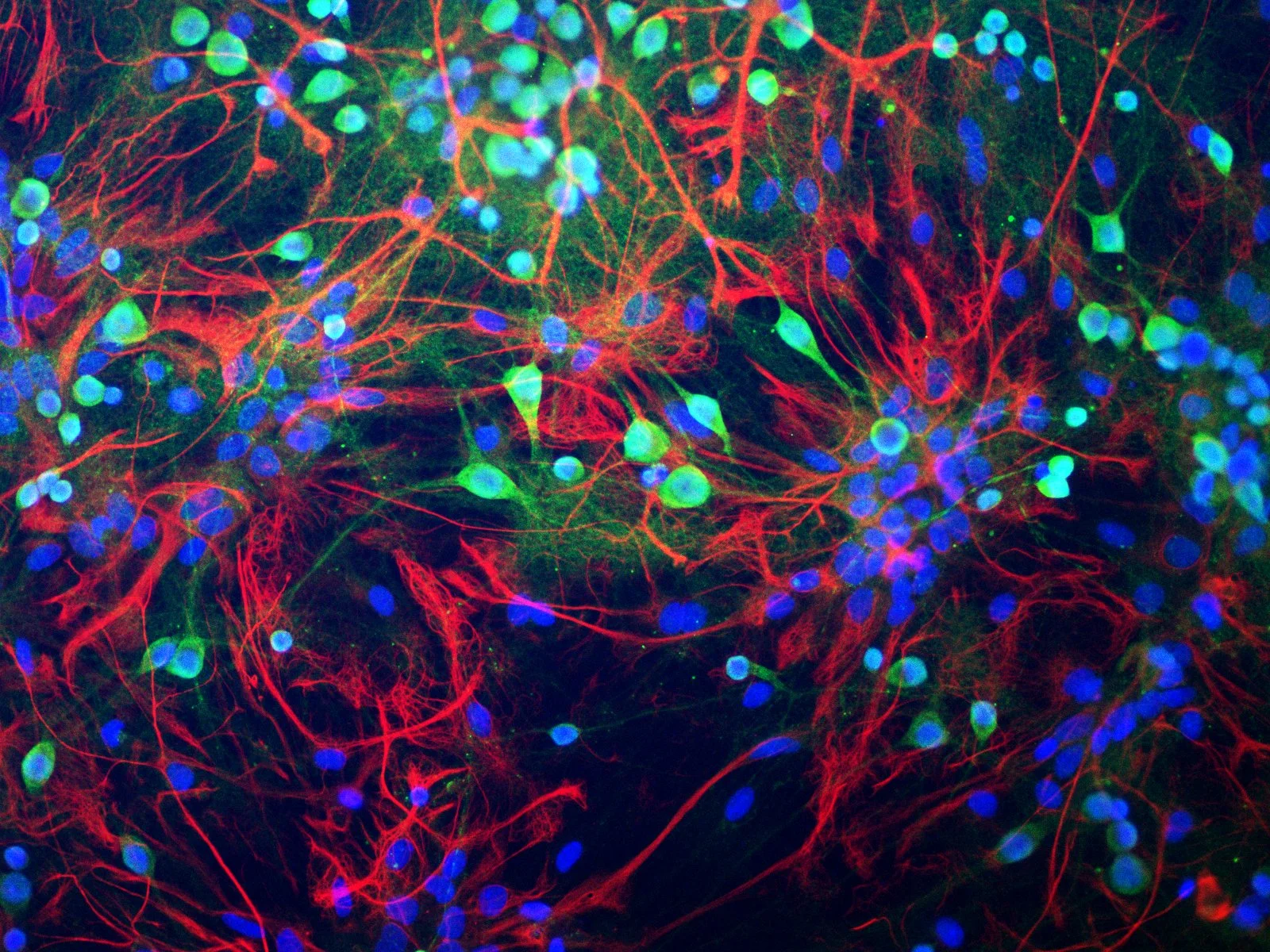Our current and past research is supported by the National Institutes of Health, National Science Foundation, and private foundations.
R01DA051127
2020-2025
neurobiological susceptibility to peer influence and drug use in adolescents
This research program, conducted in collaboration with Eva Telzer and Mitch Prinstein at UNC, examines how the developing brain and body interacts with the social context to influence health and well-being from childhood through adolescence.
Relevant publications:
Flannery, J.S., Jorgenson, N.A., Kwon, S.J., Prinstein, M.J., Telzer, E.H. & Lindquist, K.A. (2023). Developmental changes in habenular and striatal social reinforcement responsivity across adolescence linked with substance use. Biological Psychiatry. https://doi.org/10.1016/j.biopsych.2023.04.018 | PDF
Do, K.T., McCormick, E.M., Prinstein, M.J., Lindquist, K.A., & Telzer, E.H. (2022). Intrinsic connectivity within the affective salience network moderates adolescent susceptibility to negative and positive peer norms. Scientific Reports, 12, 17463. PDF
Telzer, E.H., Jorgensen, N., Prinstein, M.J. & Lindquist, K.A. (2021). Neurobiological sensitivity to social rewards and punishments moderates the relationship between peer norms and adolescent risk-taking. Child Development, 92, 731-745. PDF
NSF BCS 1941712
2020-2025
The physiological hypothesis of affective aging
This research program, conducted in collaboration with Kelly Giovanello and Kathleen Gates at UNC examines how the aging brain, peripheral nervous system, and their interaction, contributes to affective differences across the adult age span.
Relevant publications:
MacCormack, J.K., Stein, A.G., Kang, J., Giovanello, K.S., Satpute, A.B., & Lindquist, K.A. (2020). Affect in the aging brain: A neuroimaging meta-analysis of older vs. younger adult affective experience and perception. Affective Science, 1, 128-154. PDF.
MacCormack, J.K., Henry, T.R., Davis, B.M., Oosterwijk, S., & Lindquist, K.A. (2021). Aging bodies, aging emotions: Interoceptive differences in emotion representations and self-reports across adulthood. Emotion, 21, 227-246. PDF
Mind & Life Institute
2020-2022
Does the Contemplative Practice of Loving-kindness Propel Prosocial Acts via Increased Neural Integration? A Dynamic Functional Connectivity Approach
This research program, conducted in collaboration with Barbara Fredrickson and Jessica Cohen at UNC, examines the extent to which pleasant states dynamically increase neural integration and prosocial acts when compared to unpleasant and neutral states. See more here.
NSF BCS 1551688
2016-2020
advancing a situated neuroscience of emotion
This research program, conducted in collaboration with CS Nam at NCSU and Kathleen Gates at UNC examines how the spatial and temporal dynamics of emotions differ across situations and people from different cultures. Individuals from the US and Mainland China experience sadness and fear while undergoing neuroimaging (fMRI or EEG). See more here.
Relevant publications:
Leshin, J.C. McCormick, E.M., Doyle, C.M., Gates, K. M., Nam, C.S., & Lindquist, K.A. (under review). Situational and cultural context moderate the brain representation of emotion experience.
Pugh, Z. Huang, J. Leshin, J., Lindquist, K.A. & Nam, C.S. (2022). Culture and gender modulate dlPFC integration in the emotional brain: Evidence from dynamic causal modeling. Cognitive Neurodynamics, https://doi.org/10.1007/s11571-022-09805-2. PDF
Pugh, Z.H., Choo, S. Leshin, J., Lindquist, K.A, & Nam, C.S. (2022). Emotion depends on context, culture, and their interaction: Evidence from effective connectivity. Social Cognitive and Affective Neuroscience, 17, 206-217. PDF

